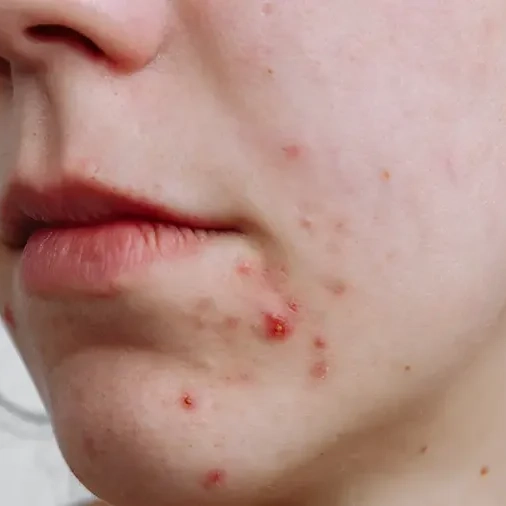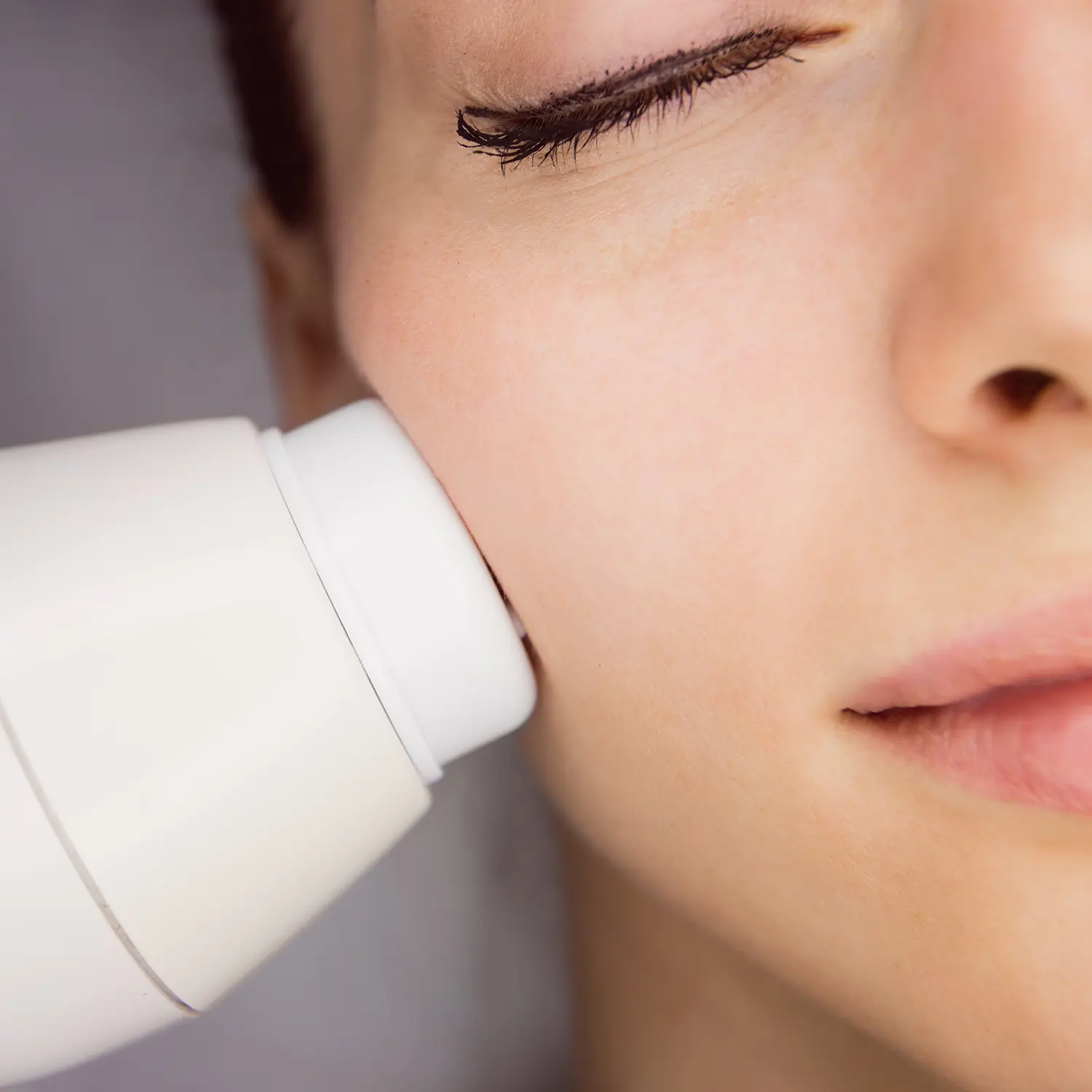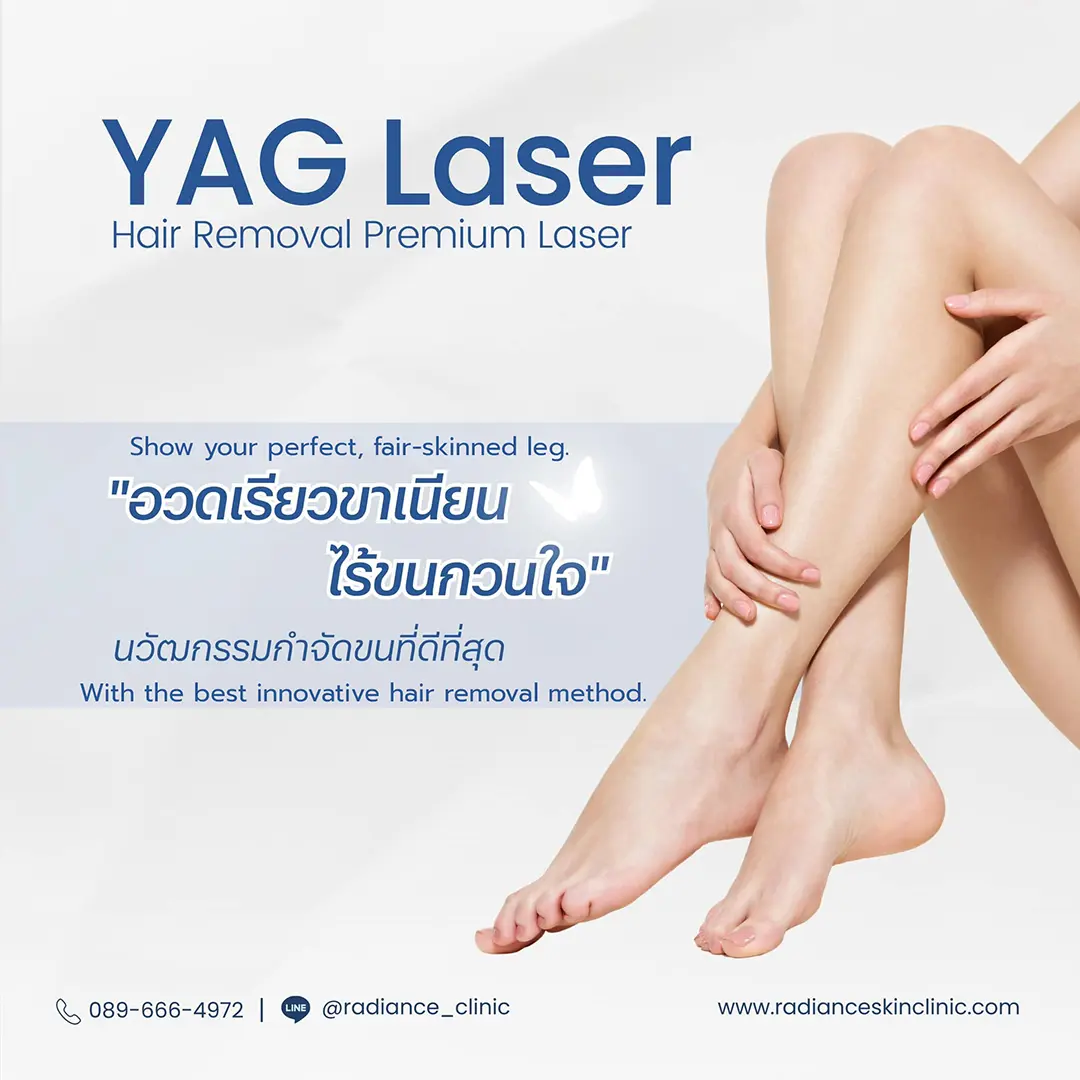Do you ever wish you could turn back time for your skin? Laser Skin Resurfacing has been around for quite a while and has continuously been gaining popularity. If you are still not familiar with what laser skin resurfacing is, you can check out our blog on “All You Need to Know about Laser Skin Resurfacing”. But if you have some idea about laser skin resurfacing and recognize that it’s the right procedure for you, you might still be wondering…
Table of Contents
Toggle“What’s going to happen after I get LSR?”
“How do I take care of myself afterward?”
“How long do I need to wait before starting the next session?”
Let’s find out the answers to your questions together.
After undergoing the laser skin resurfacing procedure, you might be wondering what happens afterward, and what’s the right thing you should be doing. Let us break it down for you.
| When? | What’s going to happen? | What must I do? |
|---|---|---|
| Right after | The doctor will apply a bandage on the treated skin. | – Do not touch your face – Avoid sun exposure – Do not wash your face with water |
| 24 – 48 hours after | Redness and swelling may occur | – Clean your skin 4-5 times/day with saline or diluted vinegar. – Apply a cold pack as required. – Elevate your head while sleeping to reduce swelling. |
| 12 – 72 hours | Itching or stinging | – Keep the skin moisturized by applying ointment/petroleum jelly as provided by the skin resurfacing clinic. |
| 5 – 7 days | Skin will dry and peel | – Do not pick/scratch your skin or it may cause permanent scars. |
| 10 – 21 days | Skin will heal but some redness may be visible. | – Use oil-free cosmetics to reduce redness. |
Source: Begum and Dunkin (2023); American Society of Plastic Surgeons (n.d.)
Usually, patients describe the side effects of laser skin resurfacing treatment as a light sunburn. One of the perks is that you might observe brighter skin after LSR. However, this skin bonus comes along with increased risks of hyperpigmentation.
Now, this cannot be stressed enough, but one of the most important steps to follow after skin resurfacing is to use sunscreenwith at least a sun protection factor (SPF) of 30. It would be best if you could find one for sensitive skin as well. Following this step every single day is crucial because it will help protect your skin from ultraviolet rays (UVA and UVB) while you are spending time outside. According to a scientific study, using broad- spectrum sunscreen post-LSR procedure can significantly reduce the occurrence of hyperpigmentation.
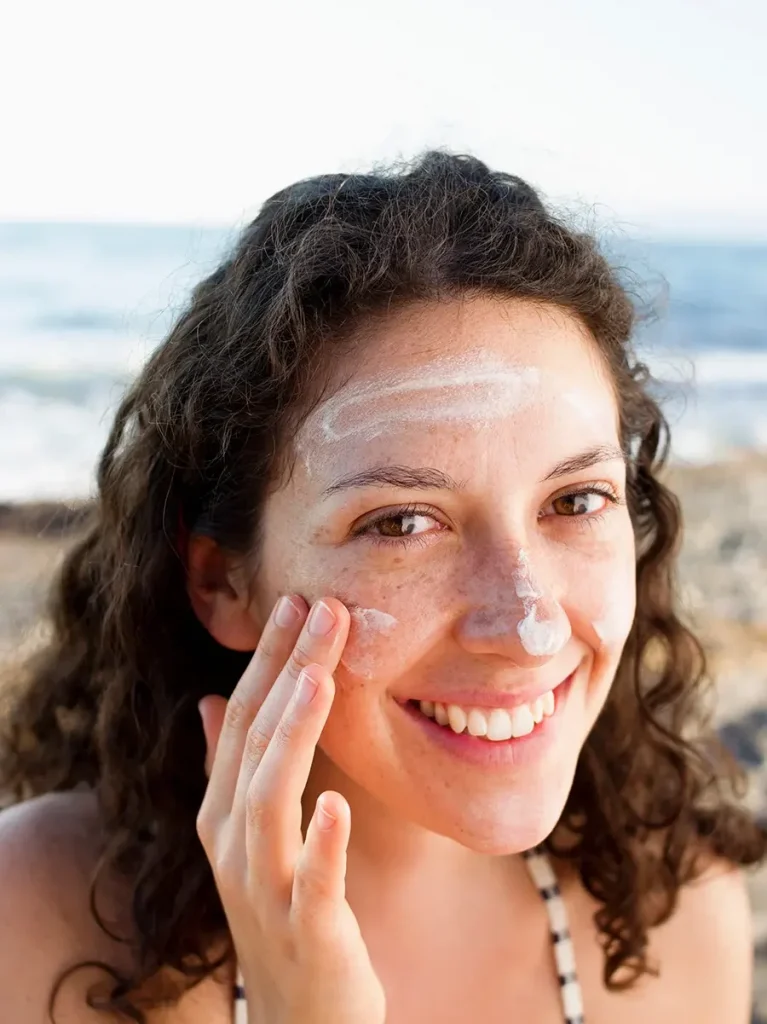
Table of Contents
Do you ever wish you could turn back time for your skin? Laser Skin Resurfacing has been around for quite a while and has continuously been gaining popularity. If you are still not familiar with what laser skin resurfacing is, you can check out our blog on “All You Need to Know about Laser Skin Resurfacing”. But if you have some idea about laser skin resurfacing and recognize that it’s the right procedure for you, you might still be wondering…
“What’s going to happen after I get LSR?”
“How do I take care of myself afterward?”
“How long do I need to wait before starting the next session?”
Let’s find out the answers to your questions together.
After undergoing the laser skin resurfacing procedure, you might be wondering what happens afterward, and what’s the right thing you should be doing. Let us break it down for you.
| When? | What’s going to happen? | What must I do? |
|---|---|---|
| Right after | The doctor will apply a bandage on the treated skin. | – Do not touch your face – Avoid sun exposure – Do not wash your face with water |
| 24 – 48 hours after | Redness and swelling may occur | – Clean your skin 4-5 times/day with saline or diluted vinegar. – Apply a cold pack as required. – Elevate your head while sleeping to reduce swelling. |
| 12 – 72 hours | Itching or stinging | – Keep the skin moisturized by applying ointment/petroleum jelly as provided by the skin resurfacing clinic. |
| 5 – 7 days | Skin will dry and peel | – Do not pick/scratch your skin or it may cause permanent scars. |
| 10 – 21 days | Skin will heal but some redness may be visible. | – Use oil-free cosmetics to reduce redness. |
Source: Begum and Dunkin (2023); American Society of Plastic Surgeons (n.d.)
Usually, patients describe the side effects of laser skin resurfacing treatment as a light sunburn. One of the perks is that you might observe brighter skin after LSR. However, this skin bonus comes along with increased risks of hyperpigmentation.
Now, this cannot be stressed enough, but one of the most important steps to follow after skin resurfacing is to use sunscreenwith at least a sun protection factor (SPF) of 30. It would be best if you could find one for sensitive skin as well. Following this step every single day is crucial because it will help protect your skin from ultraviolet rays (UVA and UVB) while you are spending time outside. According to a scientific study, using broad- spectrum sunscreen post-LSR procedure can significantly reduce the occurrence of hyperpigmentation.
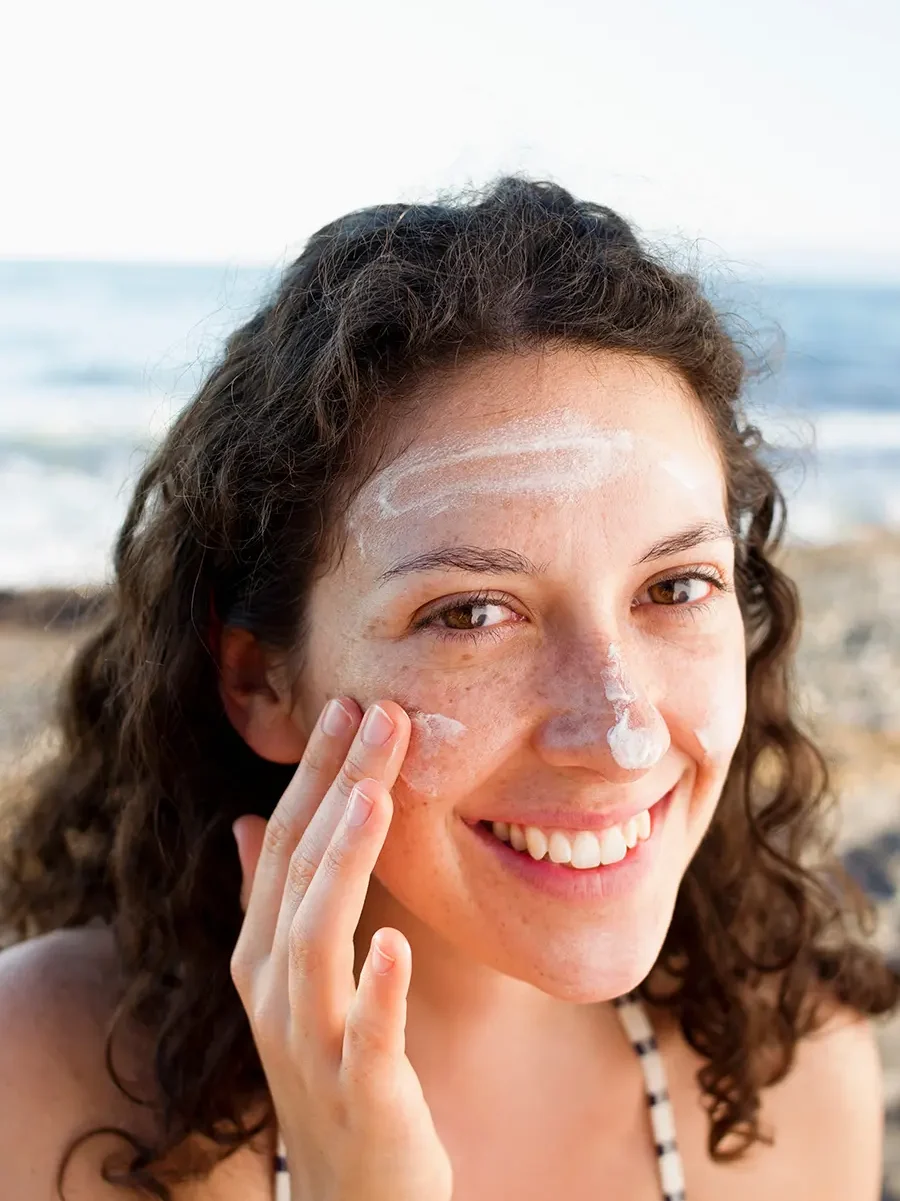
This doesn’t mean that you can be out in the sun all day though. You must minimize sun exposure as much as possible and put on clothes that will protect you from sun rays. If you need to stay out for more than 2 hours, be sure to reapply your sunscreen then.
How often should I get LSR?
Similar to any type of beauty-enhancing procedure, the results of laser skin resurfacing are often dependent upon consistency. This means that more consistent skin resurfacing treatments may result in superior and longer-term results. For some patients, they may be able to see satisfying results within the first LSR treatment. However, others with more severe blemishes or fine lines may require more consistent treatments to see results.
To illustrate, young people with skin problems such as mild signs of aging or acne scarring will immediately benefit from LSR treatments. In contrast, older adults with prominent lines or individuals with deep scarring will need more than just 1 treatment for improved skin. Therefore, the number of skin resurfacing treatments that you will need depends on how severe the flaws are. Consult with a professional skin resurfacing clinic to ensure that you can achieve the best skin results.
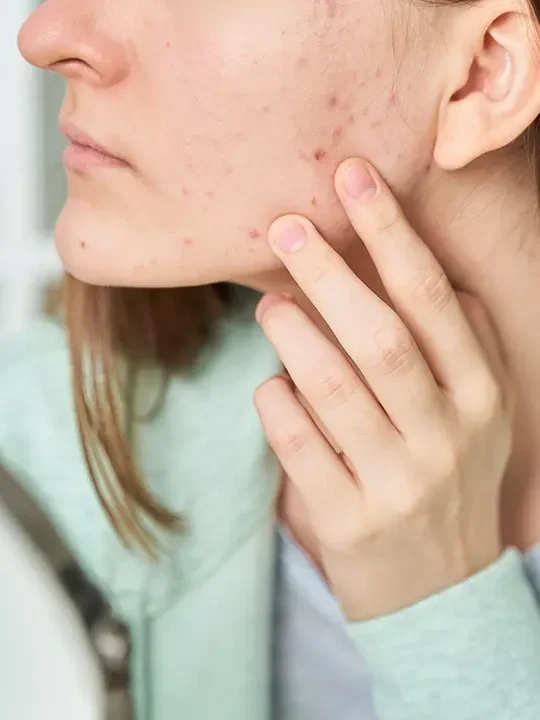
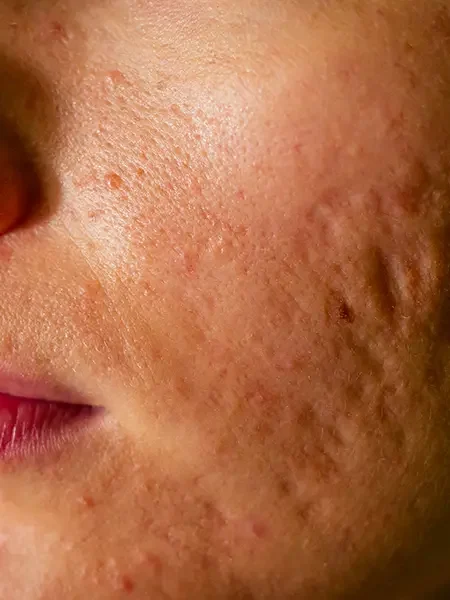

Based on each person’s skin problems and goals, professional skin resurfacing clinics will suggest patients undergo LSR treatments either one-time, yearly, or monthly.
One-Time Skin Resurfacing
Those with minor skin problems such as uneven skin tone or slightly texturized skin may only require a single skin resurfacing treatment. After getting LSR, they should always apply broad- spectrum sunscreen, whether indoors or outdoors, to ensure that they maintain bright and youthful skin in the long run.
Yearly Skin Resurfacing
Those who experience more noticeable skin concerns such as significant discoloration, hyperpigmentation, or visible acne scars may benefit from consistently following the laser skin resurfacing regime yearly. This can help stimulate the body’s collagen production, leading to bouncy and supple soft skin for the patient.
Monthly Skin Resurfacing
Those with substantial skin concerns such as deep wrinkles and fine lines or very dark sunspots will likely need to undergo skin resurfacing procedures every month to achieve their best skin goals.

If you are fortunately blessed with gorgeous glowing skin in the meantime, consider starting your laser skin resurfacing treatment now to preserve your youthful appearance for longer. Laser skin resurfacing can be used to prevent unwanted future skin concerns like dark spots, sun damage, wrinkles, rough skin texture, and uneven skin tone.

In conclusion, achieving your skin goals with laser skin resurfacing is beyond just going through the procedure itself. After getting it done, you must make sure that you look after your skin by following the steps provided. Remember, do not pick on the scabs, keep your skin moisturized, and ALWAYS use sunscreen no matter what. To maintain the results, frequently get the treatments as suggested by your skin doctor. So, apart from allowing expert skin resurfacing clinics to look after your precious skin, don’t forget to take care of yourself afterward to maximize the full benefits of laser skin resurfacing.
Reference 1. American Society of Plastic Surgeons. (n.d.). Laser Skin Resurfacing Skin Care Procedure. https://www.plasticsurgery.org/cosmetic-procedures/laser-skin-resurfacing/recovery 2. Begum, J., & Dunkin, M.A. (2023, June 12). Laser skin resurfacing. WebMD. https://www.webmd.com/beauty/laser-skin-resurfacing 3. Lawrence, M. (2020, March 26). How Often Are Laser Skin Resurfacing Treatments Needed. Marisa Lawrence MD FACS. https://drmarisalawrence.com/blog/how-often-are-laser-skin-resurfacing-treatments-needed 4. Wanitphakdeedecha, R., Phuardchantuk, R., & Manuskiatti, W. (2014). The use of sunscreen starting on the first day after ablative fractional skin resurfacing. Journal of the European Academy of Dermatology and Venereology, 28(11), 1522-1528.
Previous post > Moles 101: Your Comprehensive Guide to Removing Them

